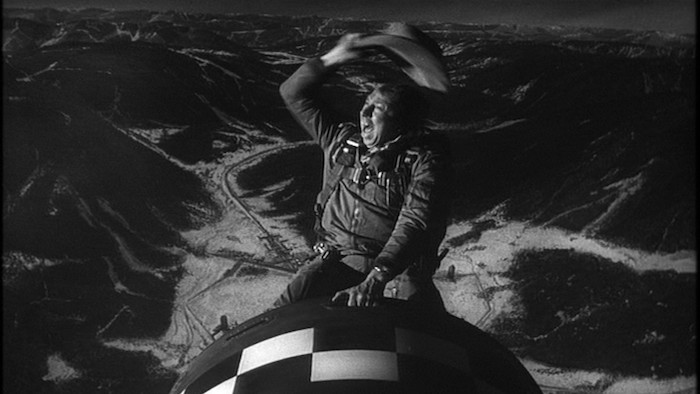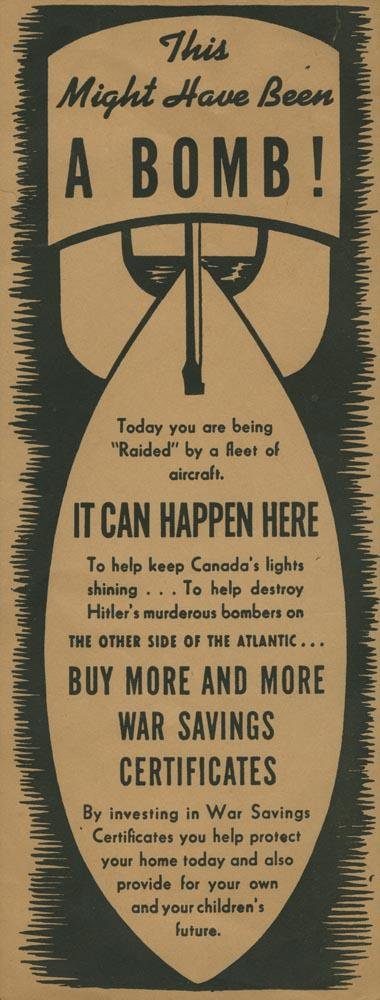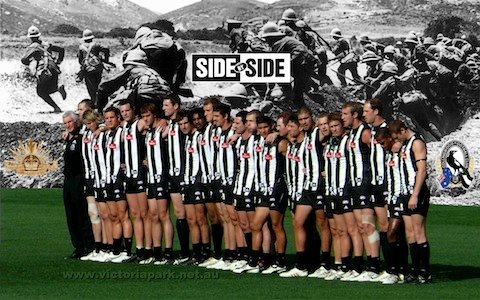Why I am not a UFO historian
It is seventy years since since 24 June 1947, when Kenneth Arnold saw nine crescent-shaped objects flying at high speed past Mt Rainier; in other words, seventy years since the emergence of the UFO phenomenon. Often, when I talk or write about phantom airships, the topic of UFOs comes up, and with good reason. The […]





